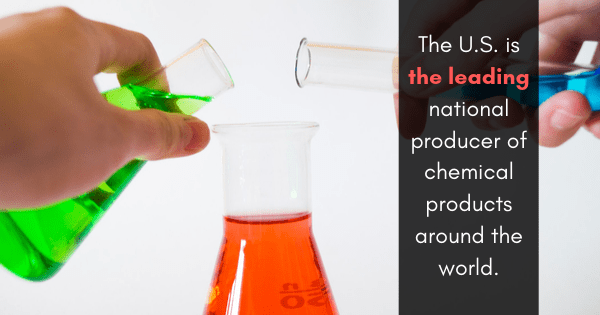
The U.S. is the leading national producer of chemical products around the world. The vast majority of laboratories in the country use most of these chemicals. The types and amounts of chemicals used vary from lab to lab based on whether the lab focuses on compound production, research, basic acid digestion, and so on.
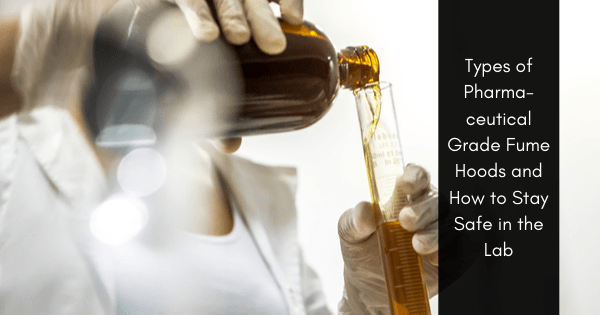
Our effectiveness in the field is largely thanks to our advanced machinery and thorough safety techniques. One piece of equipment, the fume hood, for example, has an important place in the pharmaceutical world. Continue reading to learn more about safe fume hood practices to ensure GMP quality control, the types of fume hoods, and when to use one.
(more…)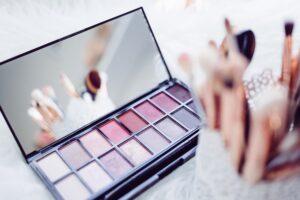
Chemical purity is no joke. It requires extensive testing and all conditions must be met in order for a proper purity grade to be earned.
Chemical purity is best defined as an untouched and unmixed substance. A chemical or product must achieve this before it is sold on the shelves of drugstores across the nation. This rating deems that the medication or product is safe for human use.
While many industries require chemical purity, there are some that the average consumer might be more familiar with. Here is a quick look into the main chemical manufacturers that utilize this idea to deliver safe and effective products.
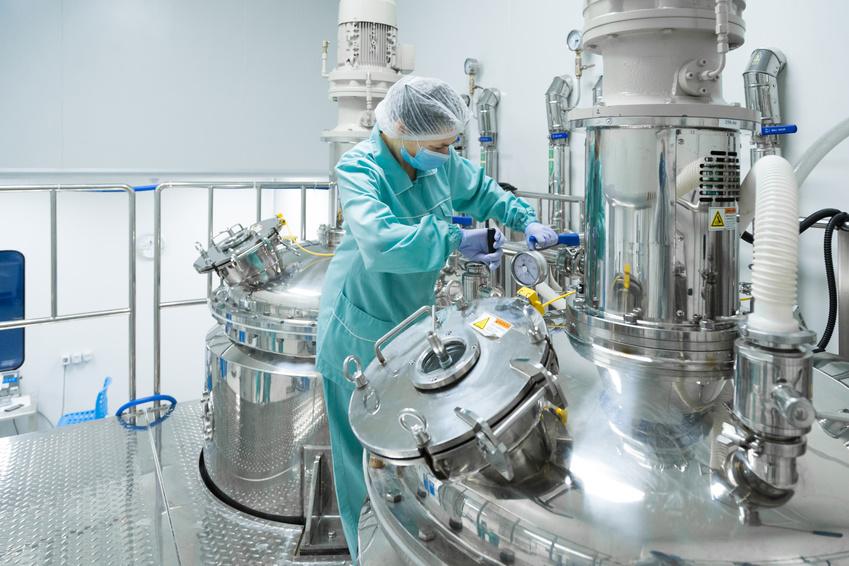
Whether you are concerned with chemical purity, the efficiency of your fume hoods, or ICN radiochemicals, you cannot overlook the critical importance of maintaining clean room standards. Even if you acknowledge the importance of keeping up to date, it can still present a set of unique problems and complications that necessitate constant monitoring and ongoing education. Follow our simple guide if you want to be sure that you are operating in accordance with clean room standards.
(more…)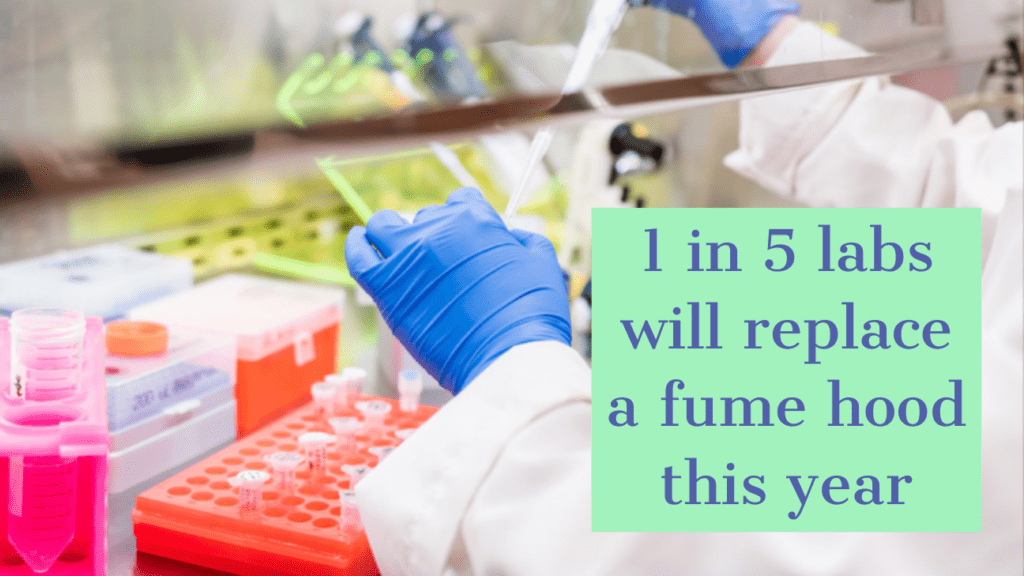
Laboratories are home to a number of different chemical compounds. Many don't think about what goes on within labs -- despite the fact that, physically, they take up a lot of space in the United States. Right now, nearly half of the global pharmaceutical market is taken up by the U.S., and the U.S. is among the world's largest producers of chemical products on a global level. For that matter, chemical products are not limited to pharmaceutical products. A number of other products are created and tested within labs. With that being said, it can be difficult for labs to maintain the level of safety standards that they should -- yet they must. Thanks to GMP standards and resources today, laboratories have standards to follow. Not only will these standards and guidelines ensure that those that work within laboratories are safe -- but those that use chemical products as well. Below, we're going to look into these practices, as well as the specific steps that laboratories can take to ensure that they're producing products of the highest quality, at the safest standards possible.
(more…)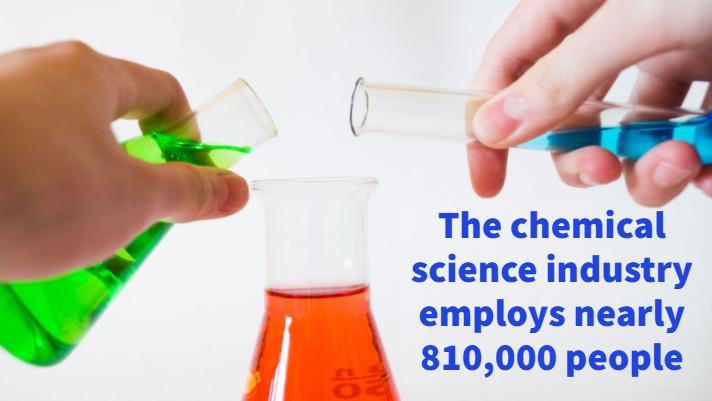
Since its inception, chemical science has evolved from back-room apothecaries and botanicals to a full-fledged industry employing nearly 810,000 people, including in the pharmaceutical sector. As humans have gotten a better handle on the science of medicine, manufacturing standards have had to rise to keep up with them. When consumers take pills for medicinal purposes, it's with the implicit understanding and trust that they're not only getting what they're told they've gotten, but that every step of the process has ensured a rigorous standard of chemical purity testing of the Active Pharmaceutical Ingredients (APIs). Over the years, governing bodies such as the WHO have created General Manufacturing Practices (GMP) for APIs. The API GMP allow every step of the process from receipt of material to distribution to undergo the same GMP quality control.
(more…)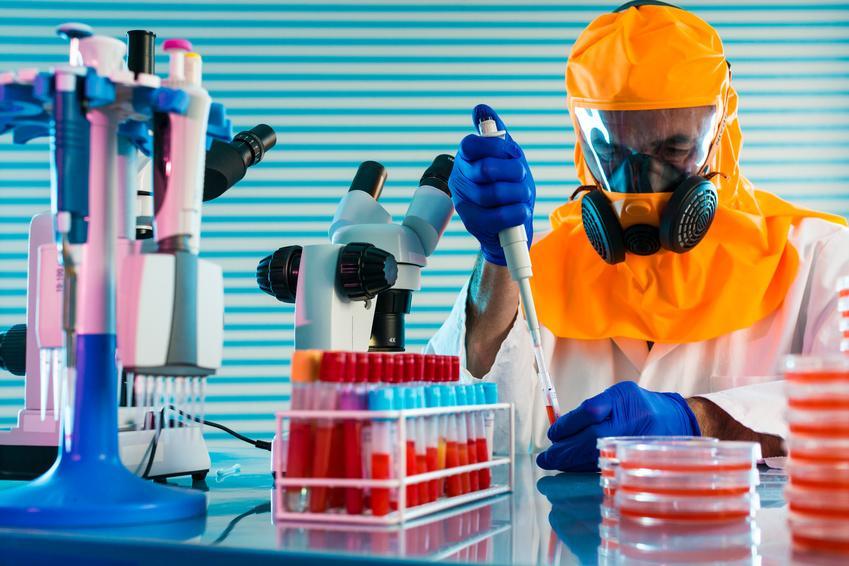
The U.S. alone possesses over 45% of the global pharmaceutical market. We are able to exercise such power and control thanks to our dedication to precision; our GMP quality control and clean room standards allow us to ensure that our pharmaceutical products are safe to use and of excellent quality. Though there are many factors that go into this assurance, none is more important than the state of a laboratory's fume hood.
(more…)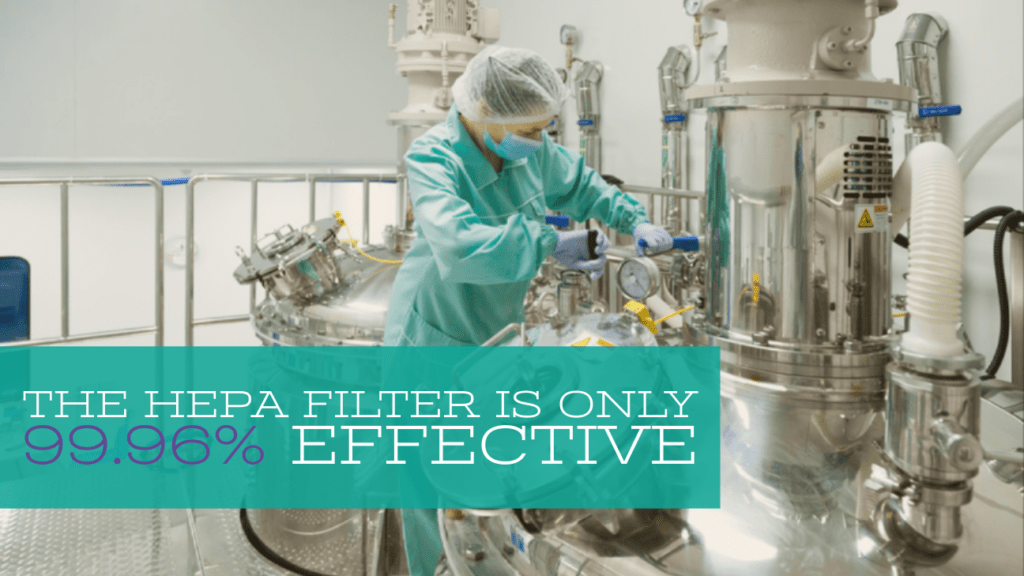
The U.S. is the number one largest national producer of chemical products globally. We have achieved this prestigious position as a result of our dedication to clean room standards and chemical purity; if we were unable to guarantee the quality and safety of our chemical and pharmaceutical products, no one would be interested in purchasing or using them.
(more…)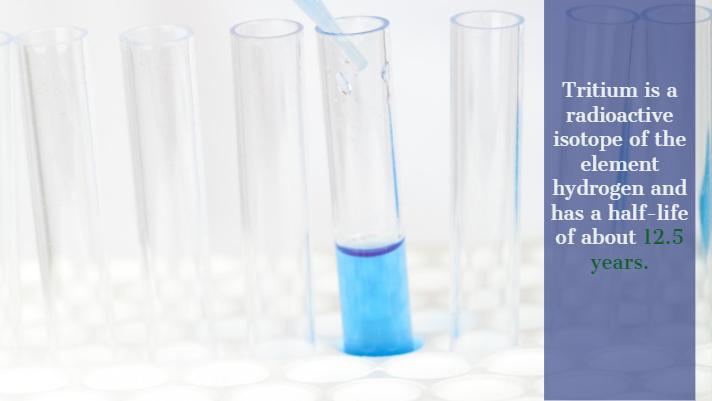
Chemical manufacturing, particularly when it comes to drug research and pharmaceuticals, is one of the larger industries within the United States. However, most people across the country don't fully understand many of the basic principles of this field, despite how often they're used by chemical manufacturers for scientific research and study. Radiolabeling, for example, remains a mystery to many people outside of the industry. So how does radiolabeling work? What are radiolabeled compounds used for?
(more…)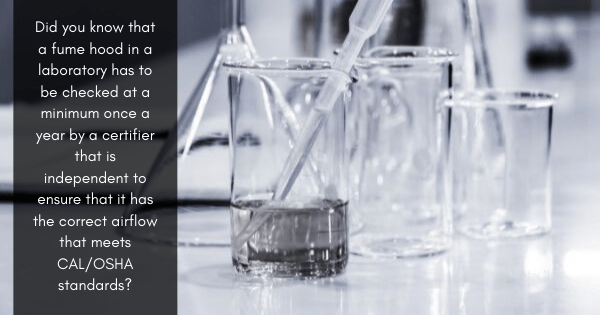
Did you know that a fume hood in a laboratory has to be checked at a minimum once a year by a certifier that is independent to ensure that it has the correct airflow that meets CAL/OSHA standards? Whether it’s in a GMP API manufacturing lab or chemical manufacturers, these standards have to be met in every lab and cleanroom.
(more…)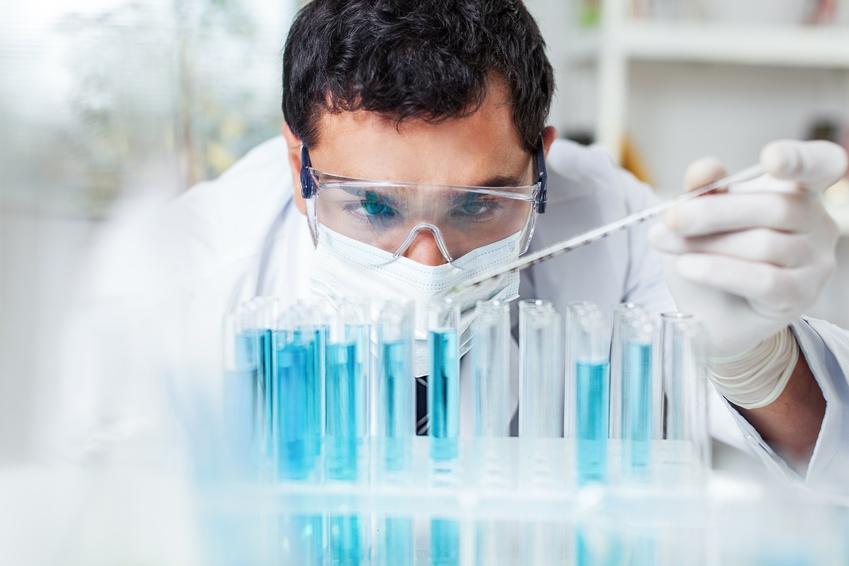
Chemical substances go through a long process before commercial use, and it's essential that all steps are followed in order to meet GMP standards. From checking for chemical purity, handling substances, and maintaining a cleanroom, chemical handlers, such as pharmacies, should oblige to all set standards.
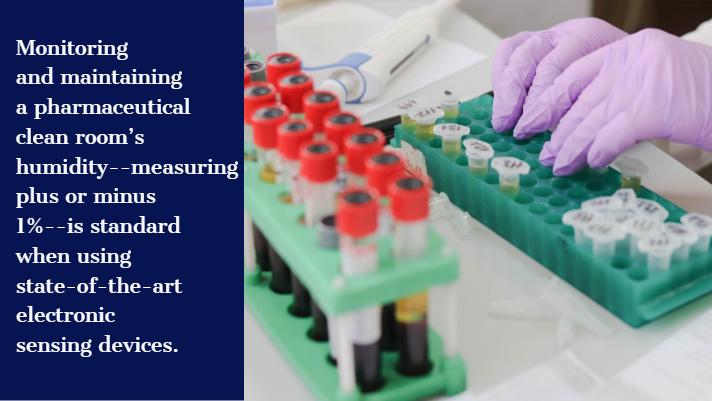
Pharmaceutical clean room standards meet good manufacturing practice (GMP) requirements. Clean room standards do not apply to non-sterilized items; however, for sterilized products, clean rooms are required. Even non-"clean" rooms are well ventilated and filtered. And, monitoring and maintaining a pharmaceutical clean room’s humidity--measuring plus or minus 1%--is standard when using state-of-the-art electronic sensing devices. Let’s look at the specifications of a clean room.
